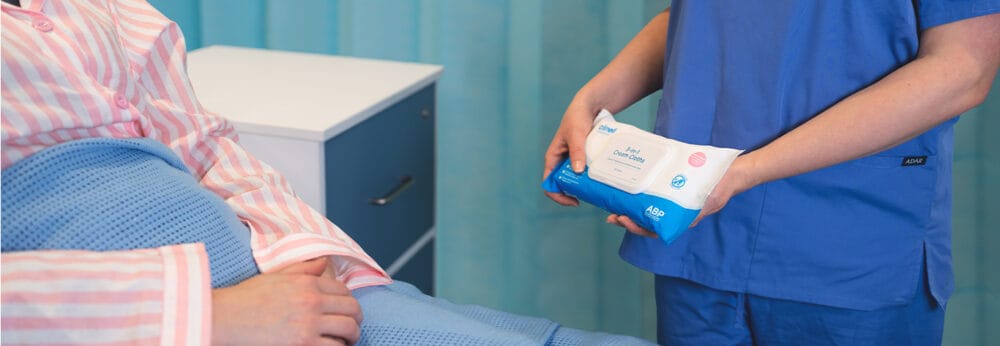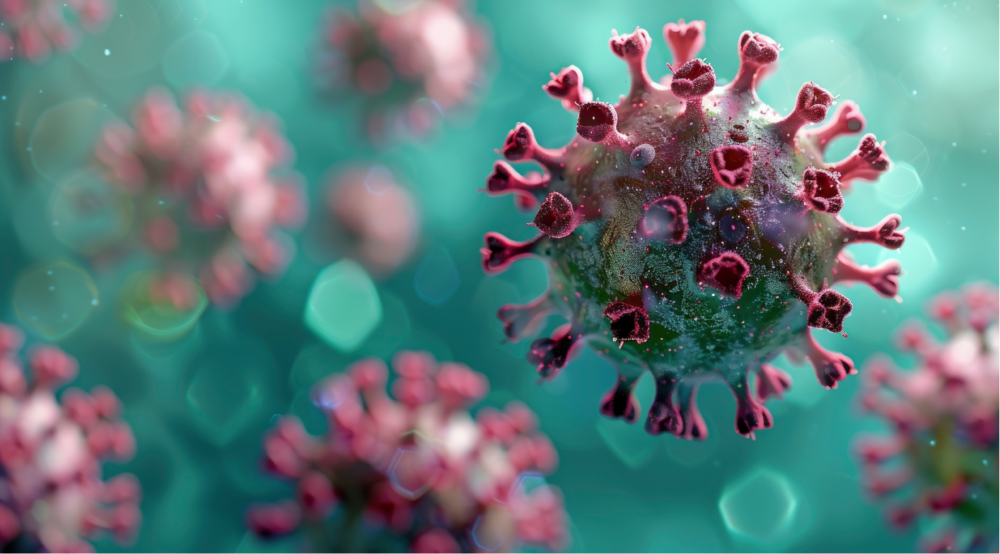Posted
25th September 2023
Research
In the battle against healthcare-associated infections (HAIs), the importance of infection prevention and control (IPC) has never been clearer. While many aspects contribute to IPC, one key area that often goes unnoticed is the role of visibly dirty surfaces. Recent evidence underscores that effectively decontaminating these surfaces is not just about aesthetics — it significantly impacts the success of IPC measures.
Simple decontamination of visibly dirty surfaces extends beyond mere aesthetics, it’s a pivotal IPC moment. Decontamination involves “cleaning” with a detergent (surfactant) to remove organic and inorganic soiling from surfaces, followed by “disinfection” to kill microorganisms. There are two options for decontamination:
- 2-step protocol (clean then disinfect)
- 1-step protocol (clean & disinfect), using a 2-in-1 product.
Visible soiling can impede a disinfectant’s ability to kill these microorganisms so it is vital that full decontamination occurs. The prevention of microbial build-up on surfaces could be as simple as ensuring dust and spills are not allowed to accumulate, as they can create an environment conducive to the growth and spread of pathogens. Careful and consistent removal of dust and spills is paramount to preventing potential outbreaks and ensuring a safe healthcare environment.
While routine cleaning practices are essential in the proper decontamination of visibly dirty surfaces, they require special attention. By employing the 5 Principles of Cleaning, correct technique is assured. Wiping from top to bottom; wiping from clean to dirty; wiping in an “S” shaped pattern; avoiding transferring organisms and ensuring the correct contact time are the simple principles to follow to decontaminate visibly dirty surfaces. Follow the manufacturer’s guidance on usage and ensure the most appropriate product is chosen for the task: clean to remove dirt, disinfect to kill pathogens and decontaminate to remove dirt and kill pathogens.

References
Lydeamore, M. J., Mitchell, B. G., Bucknall, T., Cheng, A. C., Russo, P. L., & Stewardson, A. J. (2022). Burden of five healthcare associated infections in Australia. Antimicrobial Resistance & Infection Control, 11(1). https://doi.org/10.1186/s13756-022-01109-8
Otter, J., & Galletly, T. (2018). Environmental decontamination 1: what is it and why is it important? Nursing Times, 114(7), 32–34. https://cdn.ps.emap.com/wp-content/uploads/sites/3/2018/07/180627-Environmental-decontamination-1-what-is-it-and-why-is-it-important.pdf
SHARE THIS ARTICLE
Tags
Latest News
Advancing Continence Care with Clinell Contiplan: Expanded Indications, Pathways and Proven Outcomes
This World Continence Week, Clinell Contiplan 3-in-1 Cream Cloths introduce…
Celebrating 20 Years of GAMA Healthcare: Our Story
This month, GAMA Healthcare celebrates 20 years of helping prevent…
Norovirus and gastroenteritis outbreaks, the party ‘pooper’ you don’t want invited!
Recently, on 11 October 2024, NSW Health issued a health…
Clean Between to Reduce Healthcare-Associated Infections
Healthcare-associated infections (HAIs) are a significant concern for healthcare facilities…



